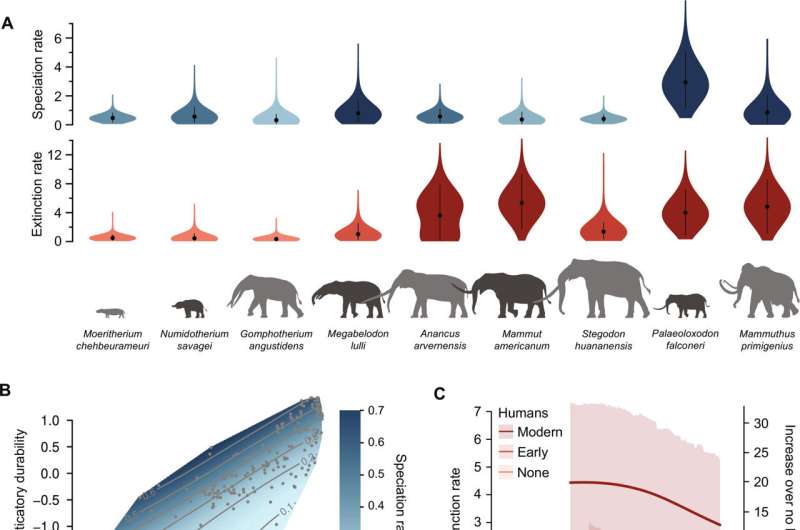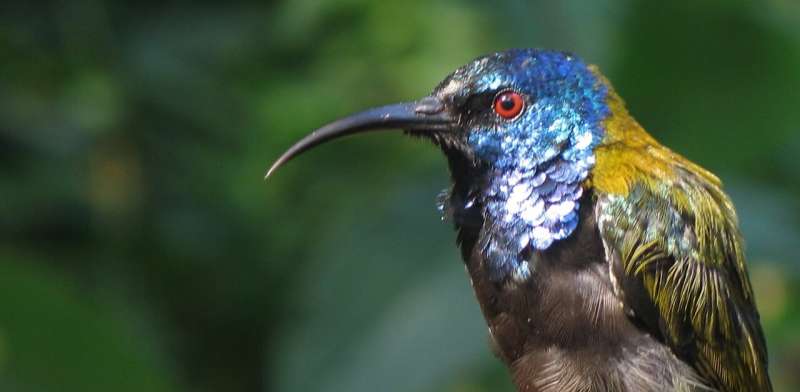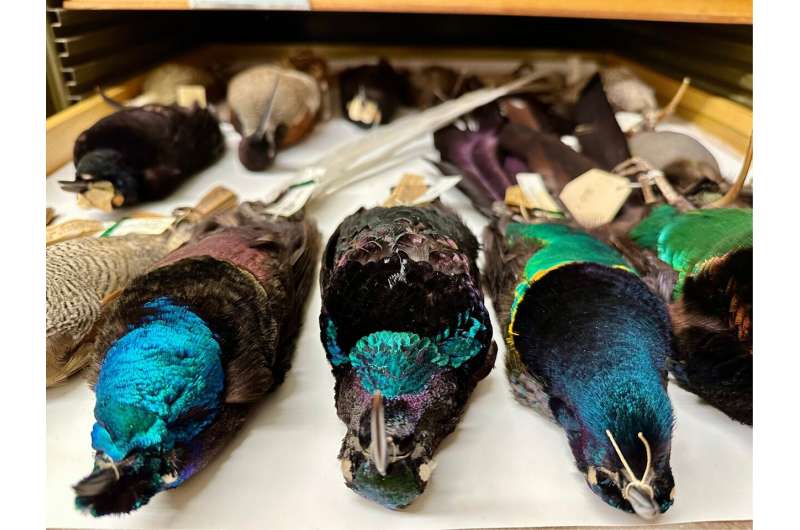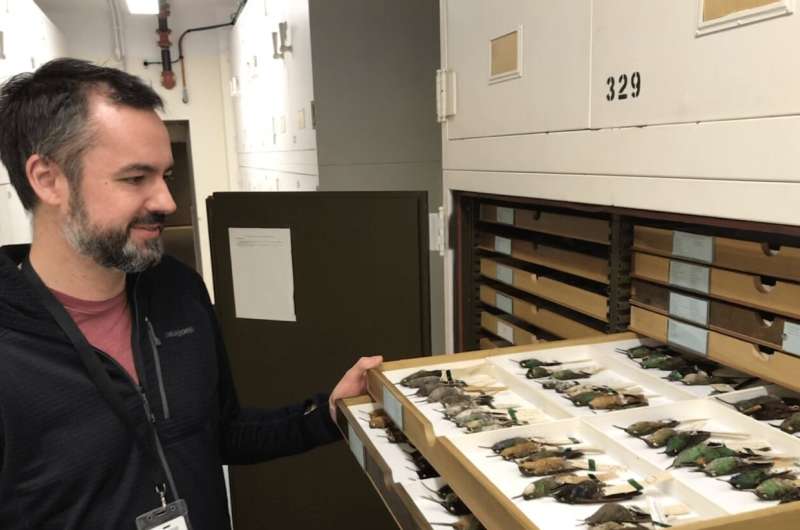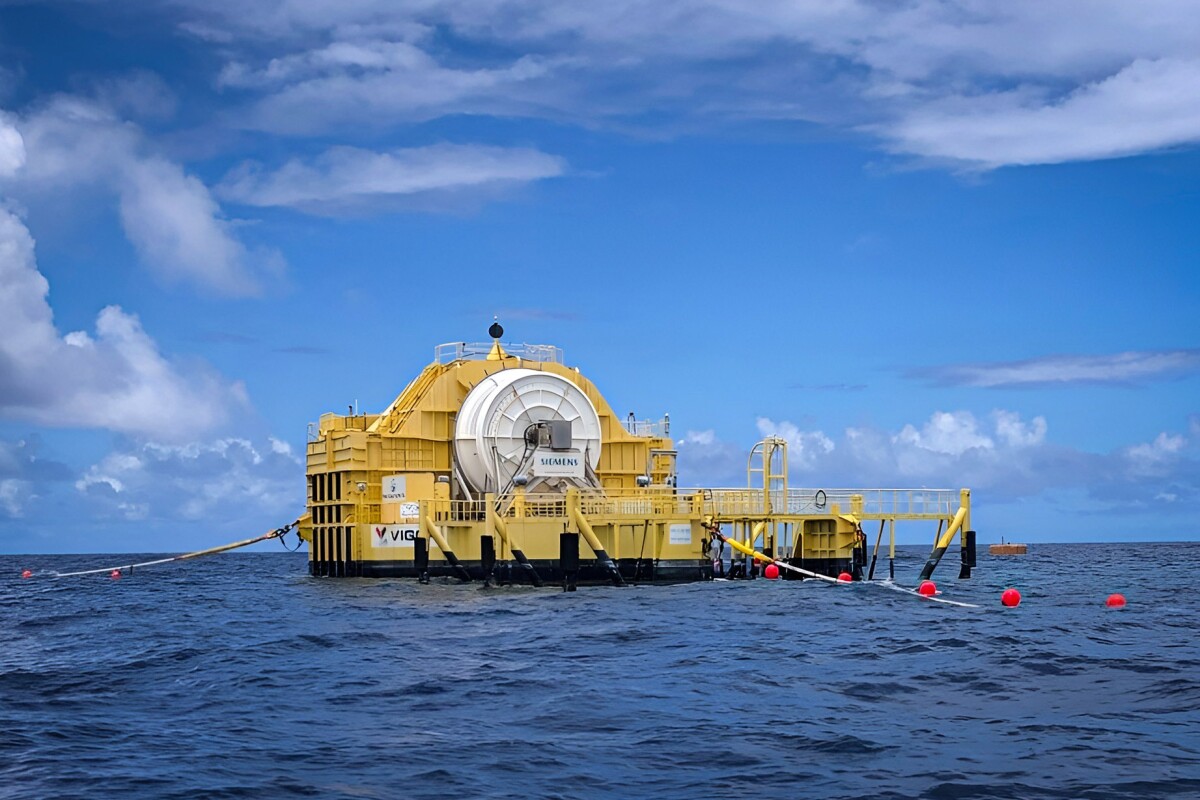Without federal oversight, nursing homes will put profit ahead of care
By Melissa Batchelor and Diana J. Mason
About 5% of Americans require skilled care at some point as they age. The horrific reports of more than 200,000 deaths of nursing home residents and staff during the Covid-19 pandemic put the nursing home industry under intense national scrutiny. But not all nursing homes experienced this level of tragedy and loss. One major reason why some fared better than others was adequate nurse staffing.
Nursing homes exist primarily to deliver 24/7 care when an individual’s needs overwhelm what family and friends can provide. Residents receive care from licensed registered nurses and other nursing staff, including licensed practical nurses and nurse aides. The 1.2 million older adults who call nursing homes “home” are both short-stay residents needing rehabilitation and long-stay residents. Most are not in nursing homes by choice, but because they are the sickest, frailest older adults in the country and have multiple, complex conditions.
After four decades of research and advocacy about how nurse staffing standards impact resident care, the Centers for Medicare and Medicaid Services finally published an evidence-based final rule on standards for nurse staffing in nursing homes in May 2024. The part of the new rule getting the most fanfare is the requirement that at least one registered nurse must be on duty 24 hours a day, seven days a week.
An RN is the only type of nurse with the educational background and legal authority to assess, plan, and supervise care delivery, and monitor the health of nursing home residents to avoid an outcome that lands them in the emergency room, or worse. Ensuring that at least one RN is available around the clock reduces the risk of preventable safety events for residents, emergency room visits, and hospitalizations.
Related: Nursing homes sue over Biden administration’s minimum staffing rule
So why is the nursing home industry — the collective of for-profit and nonprofit nursing homes — trying to reverse this federal rule in a way that would ensure that no administration can ever set minimum staffing standards?
A bit of background first. Most nursing homes get the bulk of their funding from Medicare and Medicaid, which is why a rule from CMS could have such an impact. The rule would require states to track how nursing homes spend their Medicaid dollars.
The nursing home industry claims:
The industry cannot afford to improve staffing. Today, nursing home corporations have zero accountability for how taxpayer Medicaid dollars are spent or how much is spent on direct care (staffing). This is particularly egregious given that 71% of nursing homes are for-profit. Fines for dangerously low staffing levels are viewed by nursing homes as merely a part of the cost of doing business. Many nursing homes are owned by private equity firms that modify operations to maximize profits; the average nursing home’s profit margin is nearly 9%, a margin most hospitals would covet. In 2023, nursing homes saw total net revenues of $126 billion and profits of $730 million. On average, nursing homes spend 27% of this revenue on nursing, 39% on direct care other than nursing, and 34% on administration.
Related: Listen: Covid turned the nation’s eyes to nursing homes. Have we already looked away?
The CMS proposal would require states to do more to track how much money each home spends on direct care billed to Medicaid. Such tracking could help identify homes that are shortchanging their employees and residents.
There is no one to hire. In September 2023, CMS announced a $75 million campaign to increase the number of nurses working in nursing homes with recruitment efforts such as financial incentives to individual nurses, tuition reimbursement, and developing career pathway programs for individuals to get the education and skills needed to go from a nurse’s aide to a registered nurse.
Annual nurse staffing turnover rates range from 40% to 60% due to the combination of low pay, few benefits, and poor working conditions, all of which fuel a vicious cycle of understaffing and workforce development. These turnover rates indicate the bigger issue is workforce retention. With more corporate investment in better pay, benefits, and working conditions, nursing homes could attract and retain quality staff.
And nursing homes will have time to restructure their hiring practices and benefits. Non-rural facilities will have until May 10, 2027 to come into compliance with the new rule, while rural facilities will have until 2028.
Government overreach. As an agency of the executive branch of government, CMS has set the quality and safety oversight standards for the nursing home industry for the past 40 years. In our experience, few nursing home corporations will go above and beyond to enhance patient care. They will, however, comply with the minimum standards required by regulations.
Why you should be concerned
Two joint resolutions were introduced in Congress in 2024 (H.J.Res.139 and S.J.Res.91), as well as two bills (H.R. 7513 and S. 3410), to not only overturn the rule but to prevent any administration from ever developing any staffing standards. These Congressional Review Acts — tools Congress can use to overturn the actions of a federal agency — also aim to overturn the new rule’s Medicaid Institutional Payment Transparency reporting. With profit margins nearing 9%, taxpaying citizens have the right to know how and where Medicare and Medicaid dollars are being spent.
Covid-19 may have temporarily crippled the ability of nursing homes to provide a safe environment for residents and deliver the care they needed. But shame on the country if now, without a pandemic to blame, nursing home residents are harmed because Congress caved to lobbying by the nursing home industry to dismantle CMS’s new staffing rule, rather than working to protect the lives of nursing home residents. Without CMS’s final rule on staffing, the nursing home industry is likely to continue to exploit this vulnerable population and put profits ahead of care.
Melissa Batchelor, Ph.D., R.N., is a professor of nursing and director of the Center for Aging, Health, and Humanities at The George Washington University (GW) School of Nursing. Diana J. Mason, Ph.D., R.N., is the Senior Policy Service Professor for the Center for Health Policy and Media Engagement at the GW School of Nursing.
LETTER TO THE EDITOR

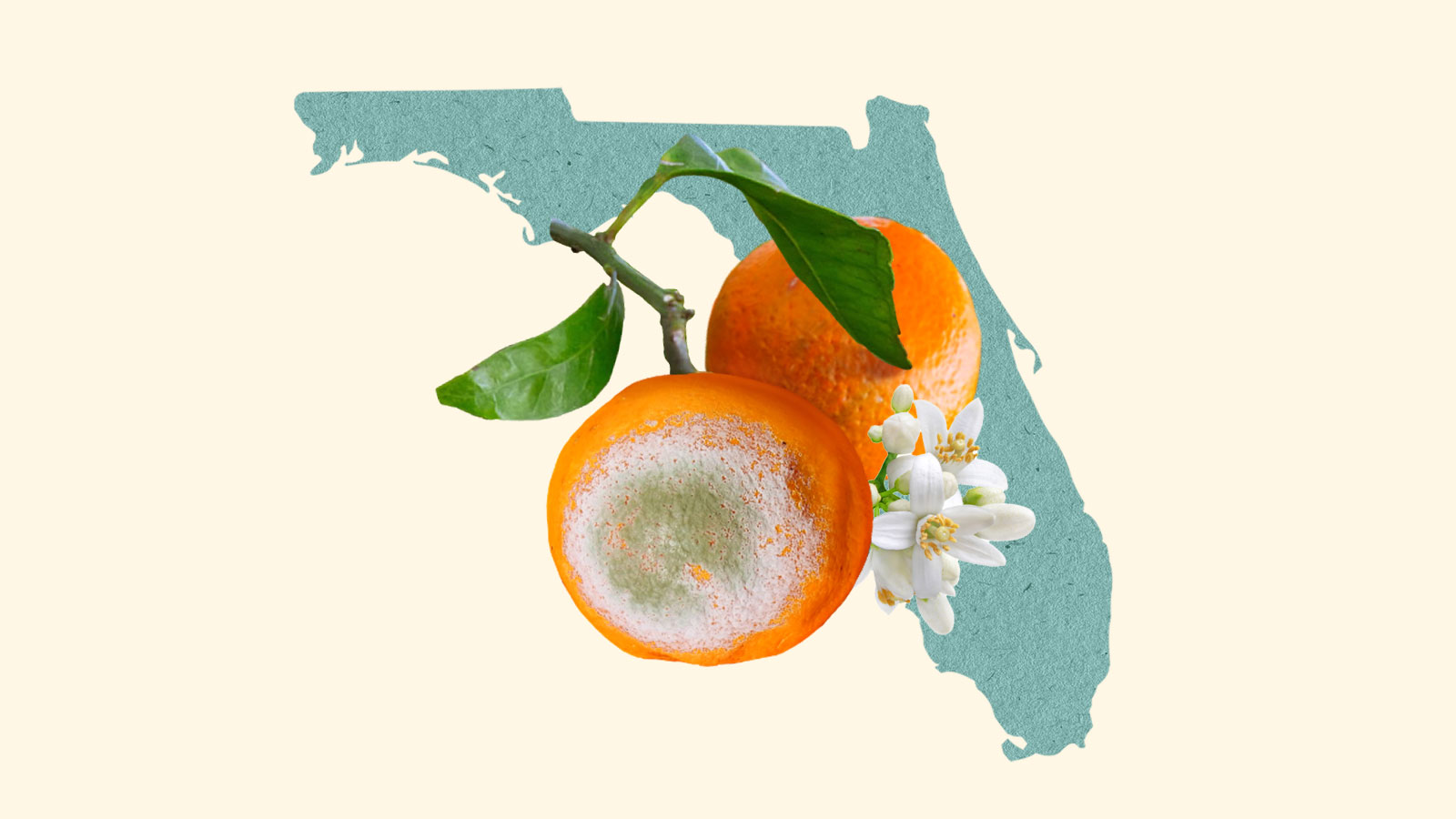
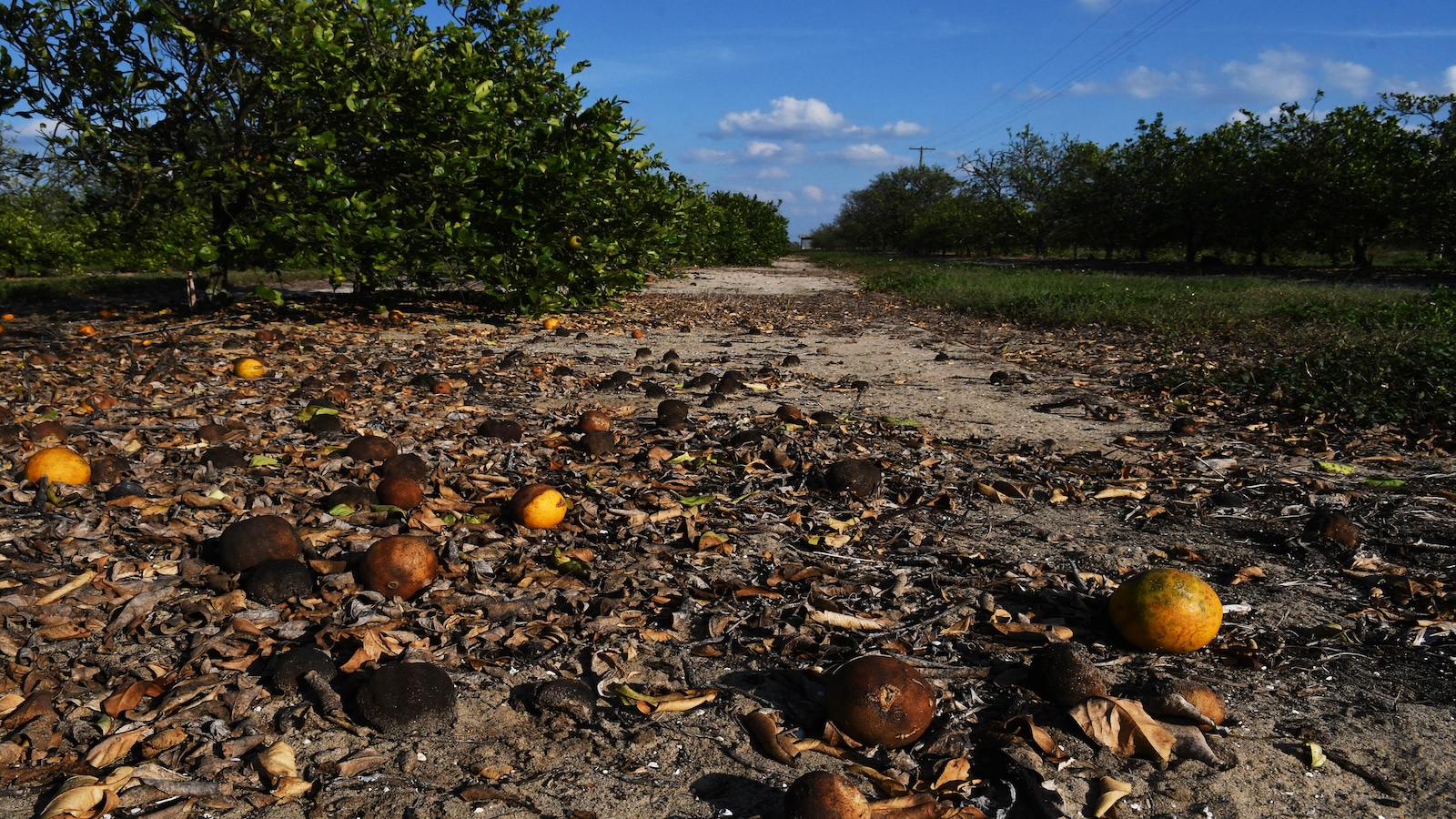 Oranges lie on the ground under a tree in an orange grove managed by Larry Black, due to impacts from Hurricanes Ian and Nicole, in December of 2022 in Alturas, Florida. Black said the hurricanes, which hit the state in September and November, caused damage throughout his 2,300 acres of citrus. Paul Hennessy / Anadolu Agency / Getty Images
Oranges lie on the ground under a tree in an orange grove managed by Larry Black, due to impacts from Hurricanes Ian and Nicole, in December of 2022 in Alturas, Florida. Black said the hurricanes, which hit the state in September and November, caused damage throughout his 2,300 acres of citrus. Paul Hennessy / Anadolu Agency / Getty Images
